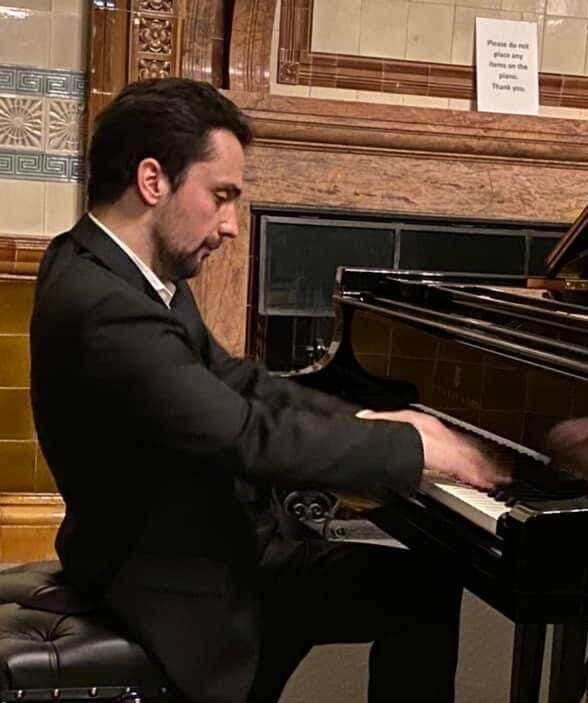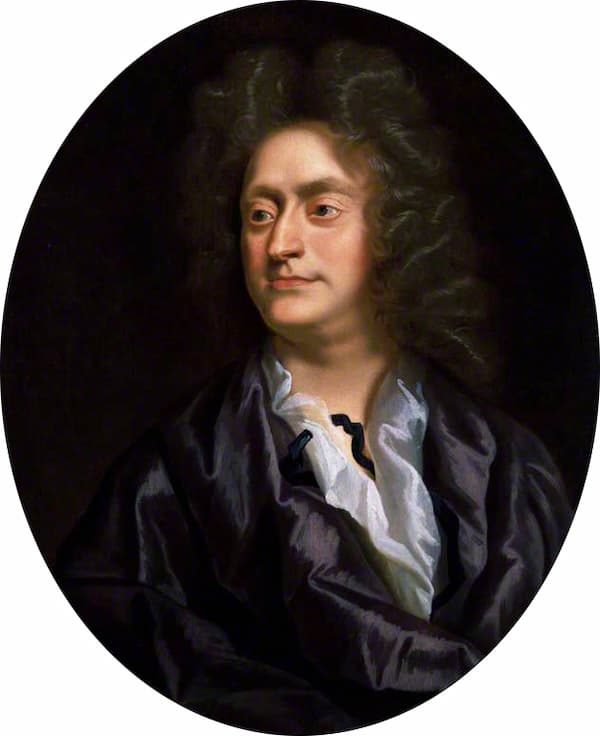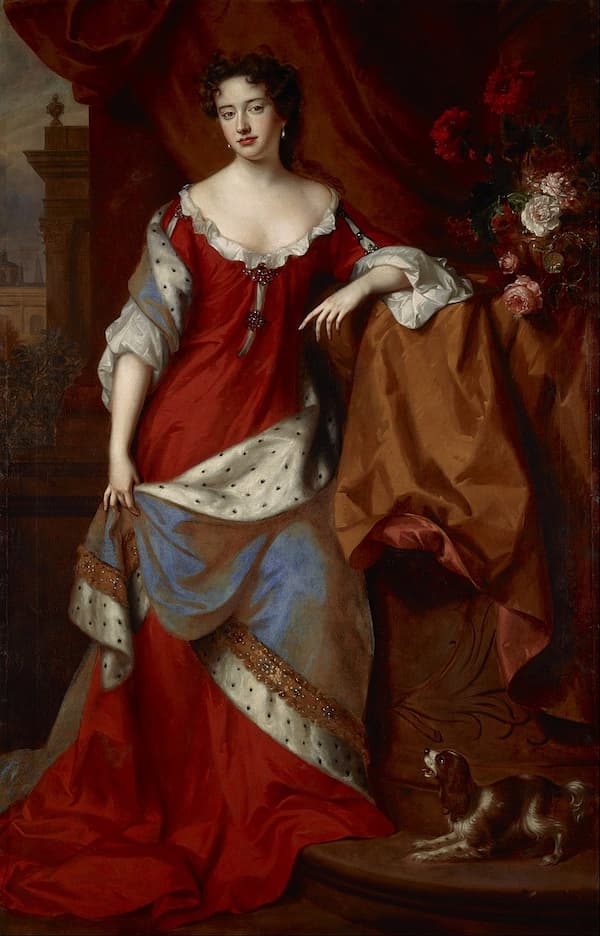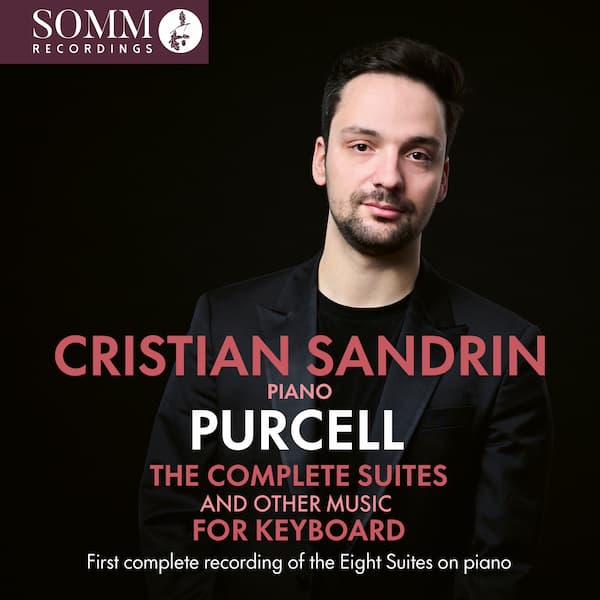There’s always an argument when what is traditional harpsichord music gets recorded on a piano. For harpsichord lovers, the brittle crisp sound of the harpsichord, with its quick-fade sound, gets soupy on a piano. The ringing sound covers up the quickly moving lines. On the other hand, the very fundamental meaning of the piano, i.e., its ability to play FORTE and piano, gives us more possibilities for the music. The piano is louder and has a larger spectrum of harmonics. It can sustain lines and provide legato tempos with truly singing melodies.
Romanian pianist Cristian Sandrin (b. 1993) presents the first recording of all eight of Henry Purcell’s keyboard suites on piano. There are many recordings of the works on harpsichord, but a thorough piano version is new on the scene.

Cristian Sandrin

John Closterman: Henry Purcell, ca. 1695 (London: National Portrait Gallery)
The works are products of Henry Purcell’s (1659–1695) last year and were published posthumously in 1696 in A Choice Collection of Lessons for the Harpsichord or Spinnet. The book was done in copperplate engraving for Frances Purcell, Henry’s widow, and is dedicated to the Princess of Denmark. The dedication by Frances remarks on the Princess’ ‘generous encouragement of my deceased Husband’s Performances in Musick, together with the great Honour your Highness has [given] that Science in your Choice of that Instrument for which the following Compositions were made…’.

Willem Wissing and Jan van der Vaardt : Princess Anne of Denmark (later Queen Anne of England), 1684 (Edinburgh: Scottish National Gallery)
With two exceptions, the Suites each have four movements, beginning with a Prelude and continuing with dance movements (Almand, Corant, Saraband, Hornpipe, and one Minuet). In Purcell’s time, the English Court of the Reformation Period, the court of Charles II, looked to France for guidance in cultural matters. The music coming from France was behind these suites, and its flair and elegance stood in contrast with the music of the preceding generations, such as Byrd and Gibbons, and their virtuosic tradition.
Henry Purcell: Suite No. 2 in G Minor, Z. 661 – II. [Almand]
On this recording, additional material is added, namely music from The Second Part of Musick’s Hand-Maid, published in 1663, and from The Indian Queen, a semi-opera from 1695. These additions are very short, but they’re not really explained as to why they were included, often in the middle of a suite.
The performance by Cristian Sandrin is clean and precise, and he emphasizes the singing nature of many of the melodic lines. Yet the lusciousness of the piano sound doesn’t really compensate for the intimacy of a recording made on the harpsichord. The contrapuntal qualities of the lines come through more clearly in a harpsichord performance and the piano version sounds like Purcell has been tamed down for the modern age.

Purcell: The Complete Suites and Other Music for Keyboard
Cristian Sandrin, Piano
SOMM Recordings SOMMCD 0702
Release date: 16 May 2025
For more of the best in classical music, sign up for our E-Newsletter


